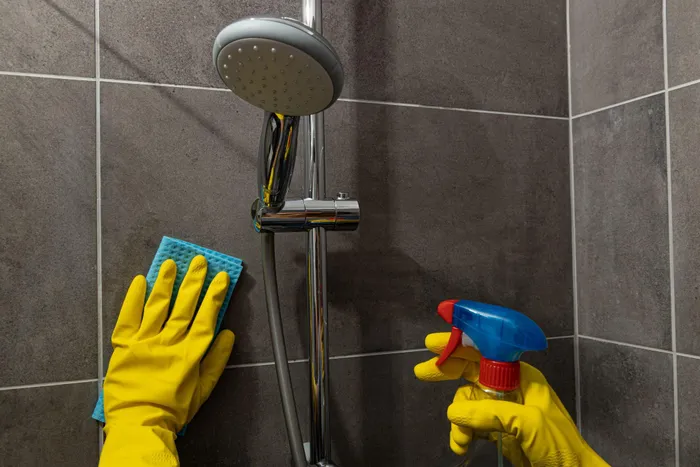Avoid a norovirus outbreak at home: Do you deep clean these overlooked bathroom areas?

With the surge in infection rates, it has never been more crucial to keep bathroom things clean,
Image: Shutterstock
Norovirus, the extremely contagious vomiting and stomach virus, has witnessed a 40% increase in occurrences over previous years.
With the surge in norovirus infection rates, it is crucial to keep certain areas of your bathroom clean.
Interested in shedding light on the status of home hygiene, specialists from Showers to You revealed the dirtiest areas of the bathroom and how frequently each item should be cleaned.
Toothbrush handle and holder
Toothbrush handles are regularly exposed to water and toothpaste residue, which can harbour mould and germs from the toothbrush bristles, totalling around 12.6 million colony-forming units.
In addition to the handle, the position in which a toothbrush is stored influences the number of germs produced.
Bathroom basins and tap handles
Bathroom tap handles are frequently handled with dirty hands, which can harbour germs and pathogens. Norovirus spreads quickly through contaminated surfaces, therefore it's critical to maintain this region as clean as possible.
Bathroom light switches
Light switches are places that are touched often but that is sometimes missed during bathroom cleaning. They require regular cleaning.
Shower head
If a showerhead is not cleaned frequently, it can gather limescale, mould, and germs such as legionella, particularly in moist and humid circumstances.
Regular cleaning helps to avoid the buildup of hazardous bacteria, making your shower water cleaner and safer.
Biofilm—a coating of bacterial fungi—can form on bathroom shower heads, infecting hair follicles when in touch with skin and causing rashes and discomfort, particularly in people with sensitive skin.
Toilet flush handle
The toilet flush handle is sometimes overlooked during bathroom cleaning, although doing so is critical in lowering the risk of gastrointestinal sickness, respiratory infections, and other common ailments caused by microorganisms found in restrooms.
The toilet flush is one of the most often handled areas in the bathroom, therefore regular cleaning will limit the chance of germs spreading.
IOL